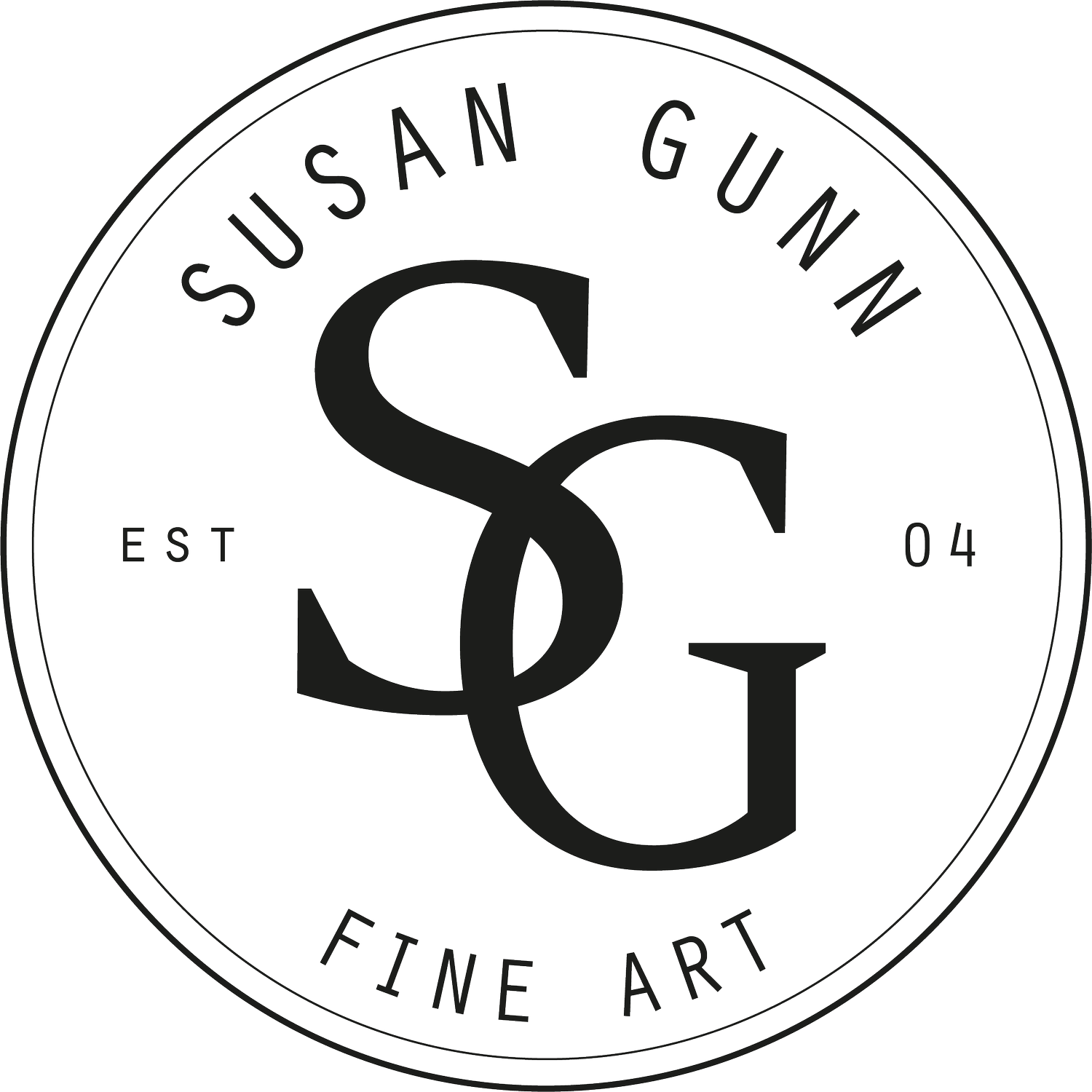AXIS | Open Frequency 2006 | Susan Gunn | Selected by Cherry Smyth
The first thing that strikes you about Susan Gunn's abstract paintings is their physicality. Most are larger and heavier than their spectator. This monumentality provokes the awe and respect associated with large steel sculptures. Mostly monochrome, they appear dense at first, a single ground, until you get closer and textures start to play with light and multiply before you.
Gunn was awarded the 2006 Sovereign European Painting Prize for her uncompromising single-colour canvases. Her large-scale paintings have a tactile, material presence, built from layers of pigment and gesso, punctuated by chance occurrences in the surface, as the canvas splits and cracks during the process of drying. As the heavily worked gesso is waxed and polished, the artist regains a lost sense of control and areas of the surface become reflective, inviting a physical dialogue between voyeur and object. The nearly monochrome, fissured ground suggests resilience and delicacy and the rich pigment brings depth and solemnity to the canvas. Gunn's work is deeply moving in its attempt to arrest time, accommodate change and explore beneath the surface. Her visceral, loaded work has the monochromatic discipline of Robert Ryman and the meticulous abstraction of Callum Innes. (Cherry Smyth).
The materiality of gesso becomes the subject and object of Gunn's paintings. Whiting, the main constituent of gesso, consists of pure calcium carbonate: mined from sedimentary rock and ground into dust, this elementary material is one of the most common natural substances, a precursor to marble. Traditionally a formative 'ground' on to which paint is applied, Gunn uses this historic substance in a new and contemporary way. The paintings invoke the passage of time through the evolution of materials and process: layer upon layer, the body of the painting is built, each layer bonding with the last to form a taut exterior skin. Gunn controls the environmental conditions to withdraw moisture from the paintings, embracing the flawed beauty of chance imperfections as their surfaces crack and fissure in reaction to the atmosphere. These 'imperfections' resonate defiantly against the strict geometry and formalism of the canvases:
'There is a subtle tension between the golden section formalism of their geometry and the unruliness of the free-form cracking. They each balance control and abandon, deliberation and chance. This is not the frivolous feminine but the ferocious one, celebrating healing from trauma and taking up space, unapologetically majestically'. (Smyth).
Gunn writes: 'The limitation of the painting genre reiterates a reference to the human body - its edges confine its history, which is disclosed to the viewer over time. The act of looking becomes a kind of reversal of the act of making, since it is from the finished object that one takes a mental journey backwards in order to reconstruct the series of actions by which it has come into being. The entity of painting embodies the immediacy of an encounter. My intention is to provoke tacit responses both to the object of the painting and its surface, presenting not a representation of any nameable thing but a poetics, in the fundamental sense of poesis: a movement of coming into thought of the process of making. The viewer's gaze is invited to meander, metaphorically, over the ground of the painting and to piece together the varied surfaces which contain subtle and obvious imperfections that spill and digest, reflect and absorb. Developing my practice within these references my aim is to extenuate an innovative language in the ongoing genre of contemporary painting.'
Cherry Smyth, May 2006

